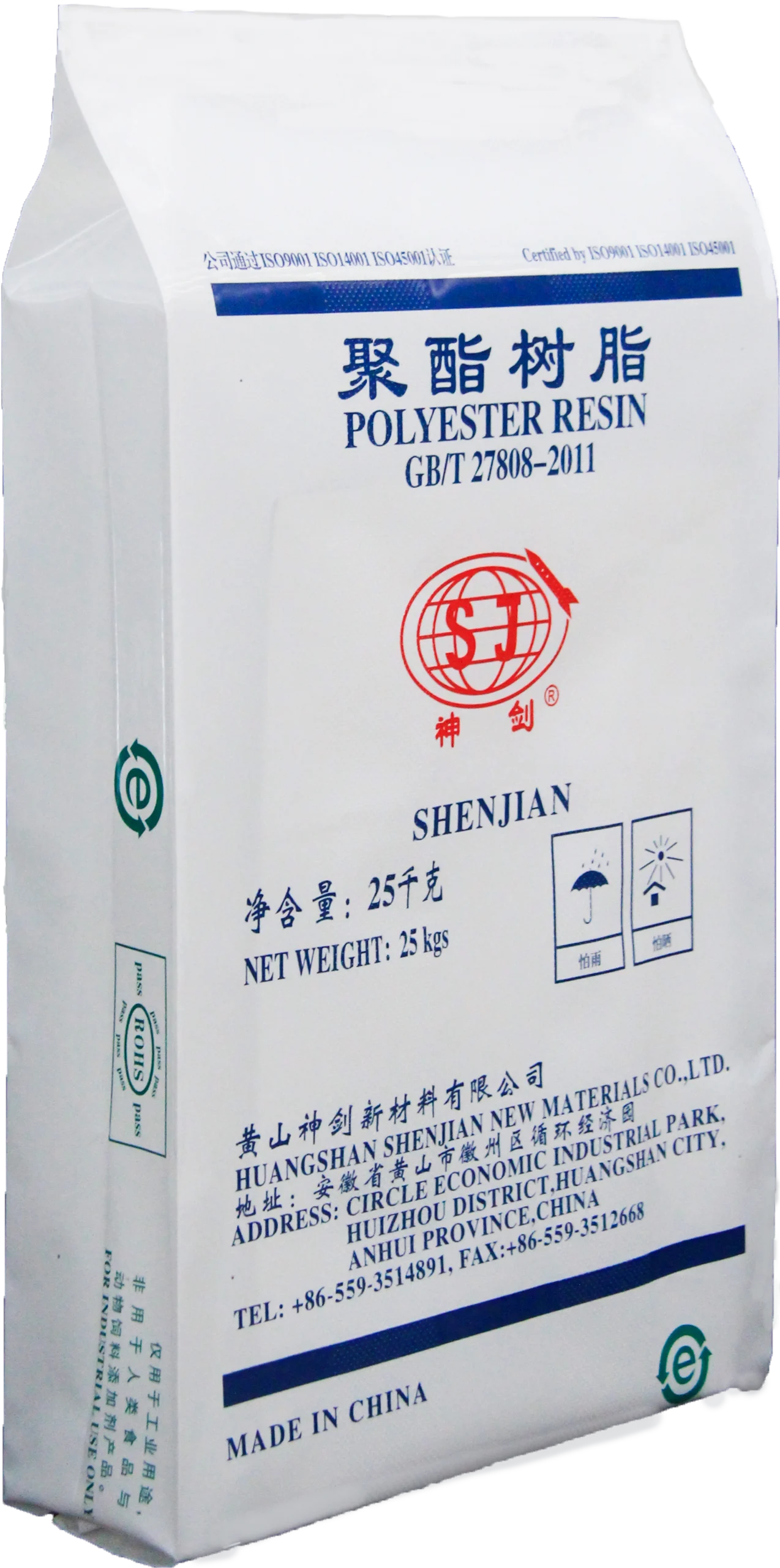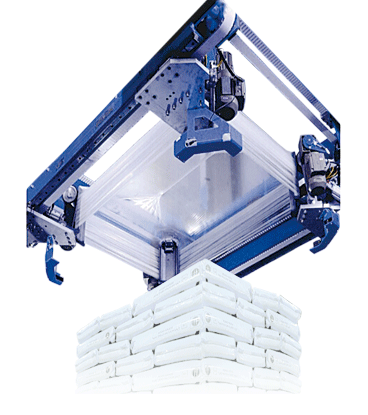

2025-11-07
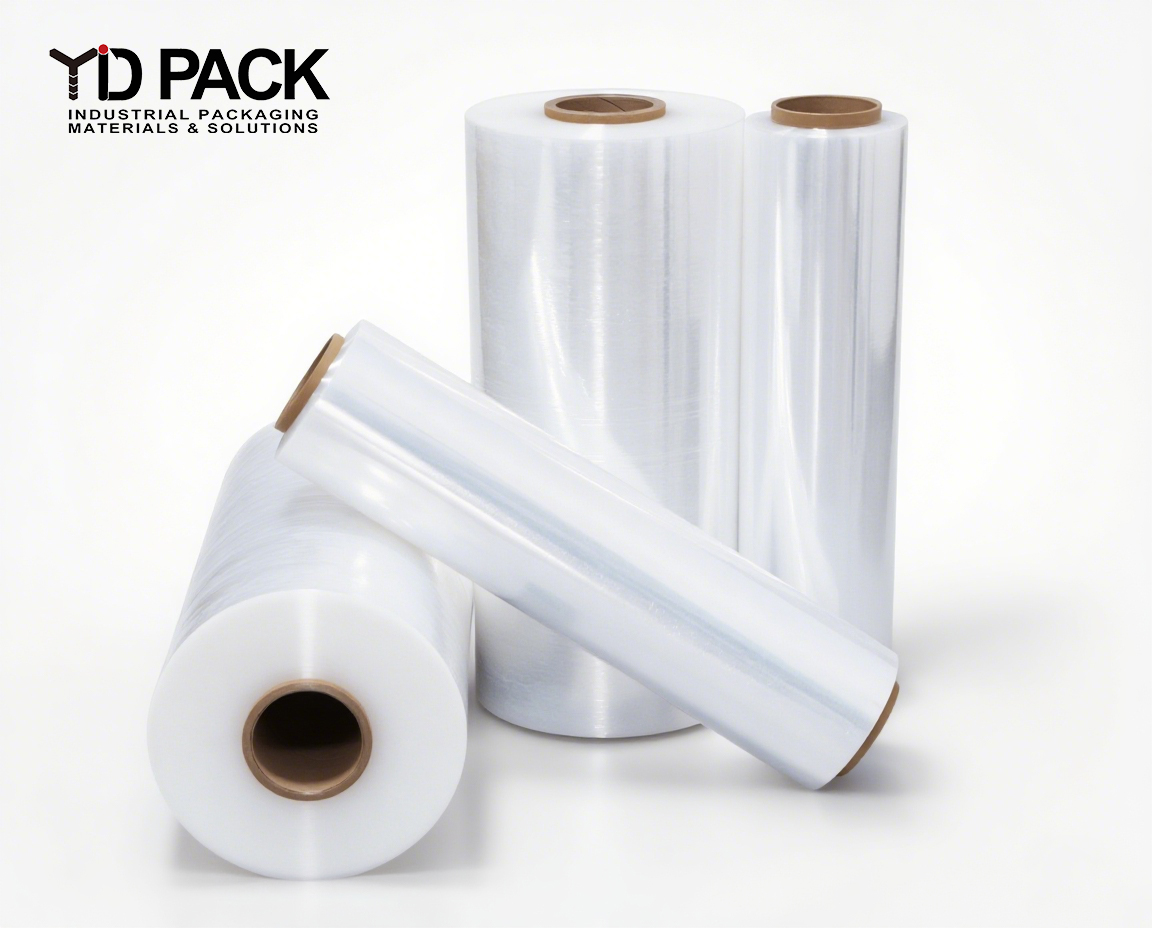
Introduction
In logistics and shipping, stretch film plays a critical role in securing palletized goods. However, misconceptions about selection criteria persist. Have you heard that “thicker film stretches further” or been influenced by “ultimate strength” data?
This article provides a science-based analysis of what truly determines stretch film performance.
The Core Mission: What is Stretch Film’s Primary Function?
Before examining technical specifications, we must understand stretch film’s fundamental purpose: preventing load movement during storage and transport.
When a truck accelerates, brakes, or turns, inertia threatens the stability of the pallet. Effective stretch wrapping generates consistent containment force that holds goods firmly in place.
However, if the film experiences what’s known as secondary stretch—stretching again under load stress—then:
Conclusion: Therefore, all performance metrics should be evaluated against this primary objective: eliminating secondary stretch.
The Thickness Myth: Does Thicker Film Deliver Better Performance?
Many assume that thicker film guarantees better performance or higher stretch capacity. This belief, while intuitive, doesn’t hold up under scientific testing.
Here’s why:
Ultimate Strength: Does Higher Always Mean Better?
Ultimate Strength measures the maximum force required to rupture film, represented on a force-distance curve. It’s a useful metric—but a misleading one if taken alone.
In theory: stretching film close to its ultimate strength range might seem ideal for maximizing containment.
In practice: it can cause more harm than good.
Bottom line: Ultimate strength is valuable—but only if paired with flexibility and toughness. A balanced film with moderate strength and high elasticity consistently outperforms overly rigid alternatives.
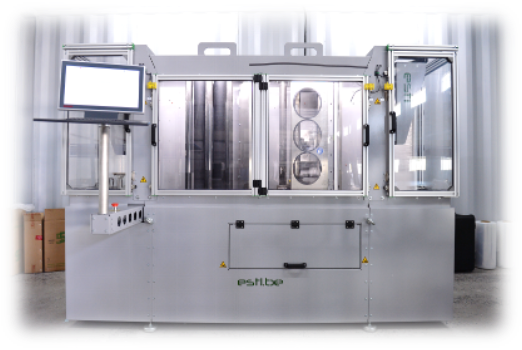
Real-World Performance: Insights from ESTL750 Dynamic Testing
At YD Pack, we assess film performance using the ESTL750 Dynamic Testing System, which replicates real-world shipping stresses. Unlike standard tensile tests, this method introduces puncture and tear events while the film is under controlled tension—revealing how it truly behaves during transport.
Our findings define what we call the “Performance Trinity”:
The result: Films engineered for extreme strength often score high in lab tension tests but fail these dynamic evaluations. A superior film balances all three factors to maintain both flexibility and durability.
Clear Conclusion: Ultimate strength proves meaningless if film fractures during application or fails during transit. Genuine performance requires careful balance between strength and durability.
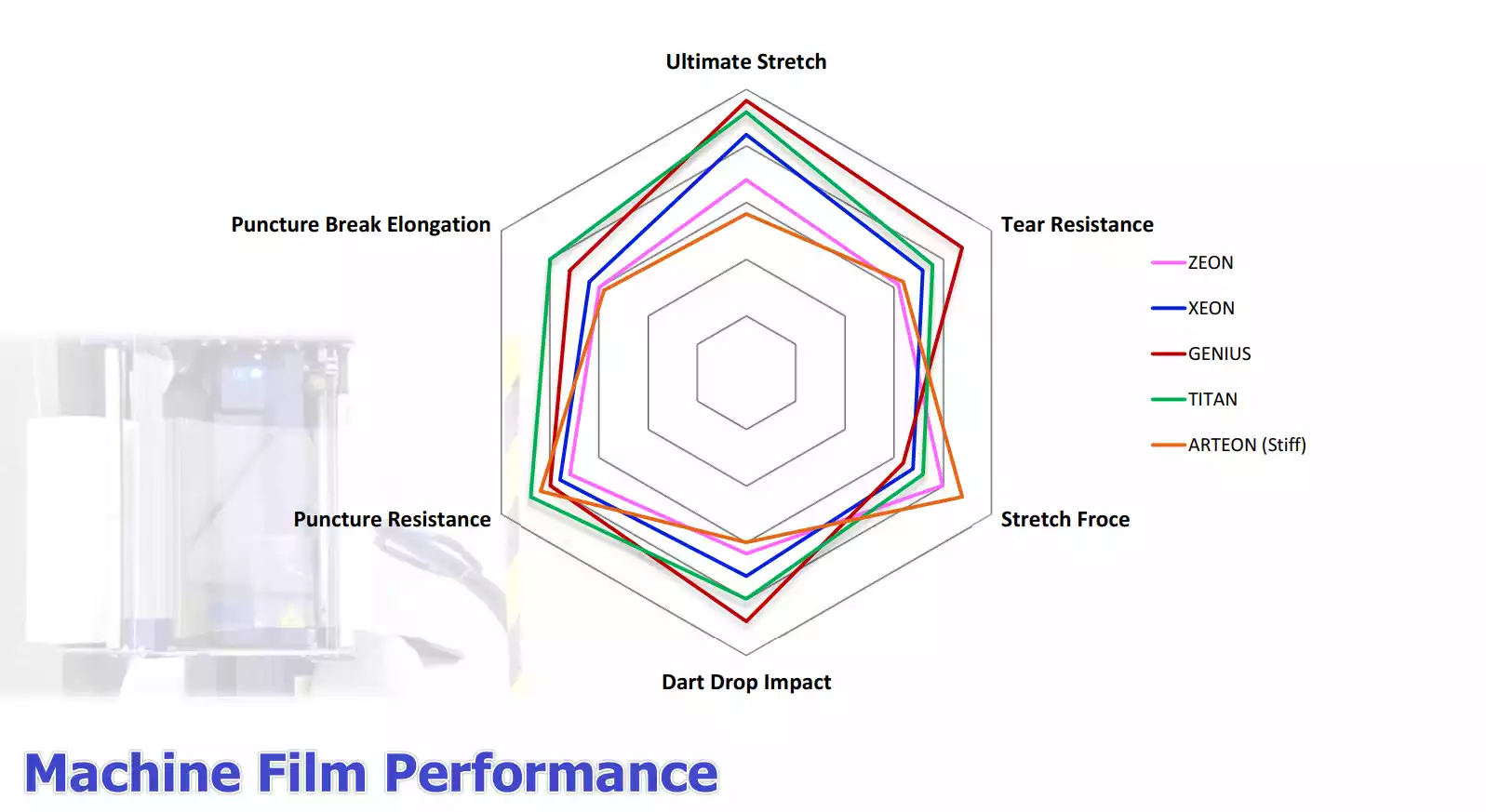
Innovation Breakthrough: How 55-Layer Nano Technology Delivers Better Performance
We overcome the limits of traditional film with a manufacturing breakthrough: Nano-Layer Co-extrusion Technology.
Think of it like this: We combine different polymers (some for strength, some for toughness) into a single film with 55 distinct, ultra-thin layers. This precise, multi-layered architecture solves the old trade-offs for good.
Strength Meets Flexibility
Superior Puncture & Tear Resistance
Efficiency & Sustainability
This precise 55-layer design does more with less material, delivering:
Conclusion: Making Informed Stretch Film Decisions
Stretch film selection should transition from simplistic comparisons to comprehensive evaluation based on:
Action Plan:
In protecting valuable cargo, let scientific evidence—rather than supplier claims—guide your decisions.
See the Difference Yourself
Request a free sample of our 55-layer nano film and the validated ESTL750 test report to conduct your own performance comparison.
📩 Contact us today: [Sales@hsydpac.com]
Or visit our website to explore how YD Pack can enhance your load containment
Previous page:The Ultimate Guide to Stretch Film: 8 Common Problems & YD PACK Solutions
Next page:No article
More News
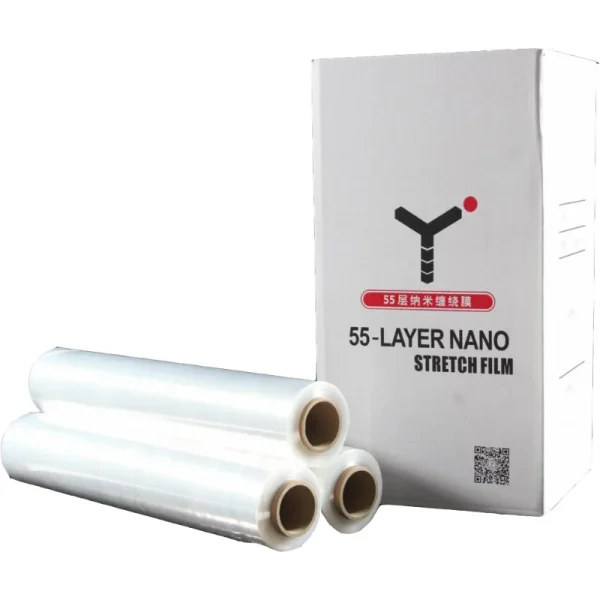
2025-11-07
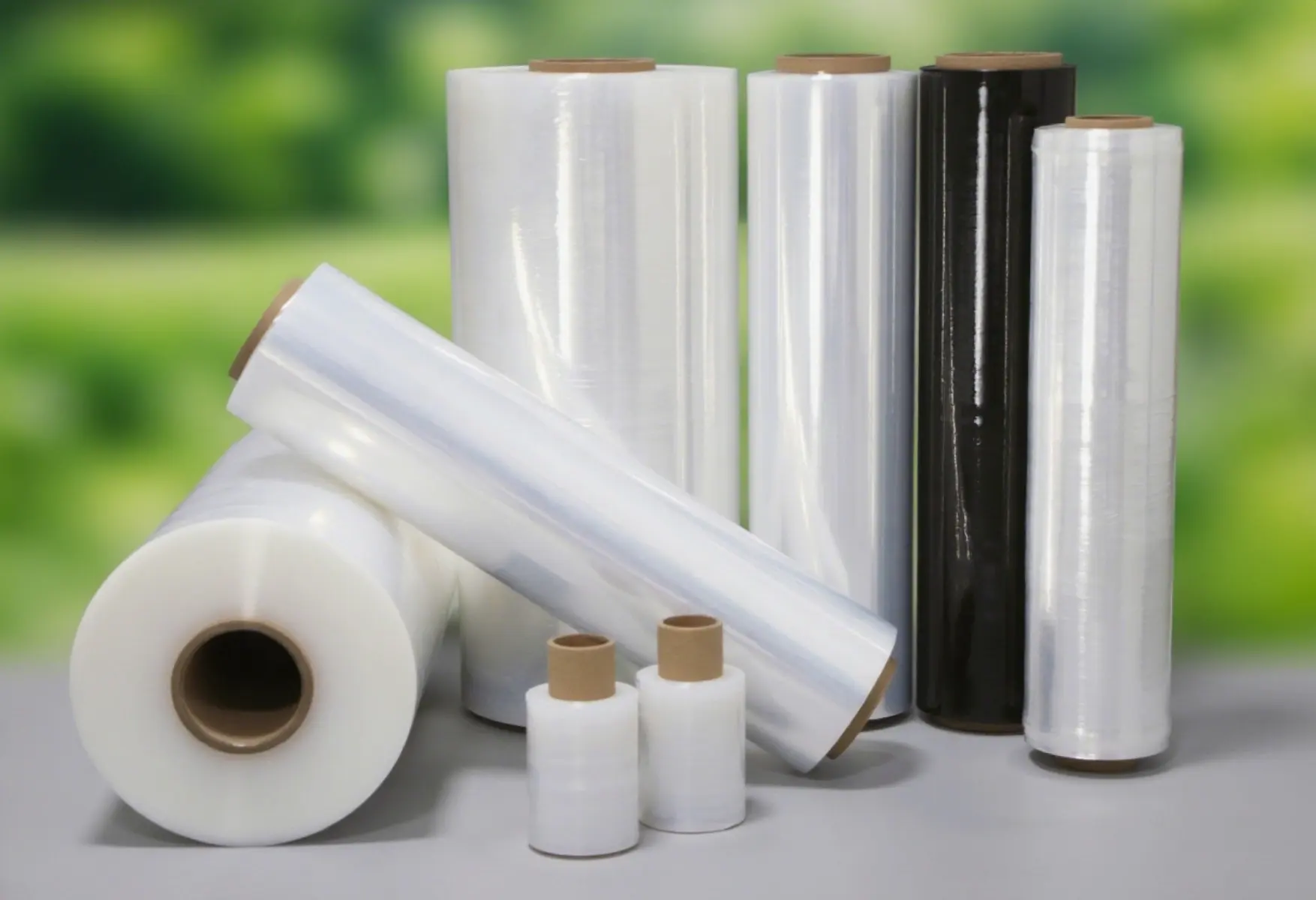
2025-11-03

2025-10-28

2025-10-21
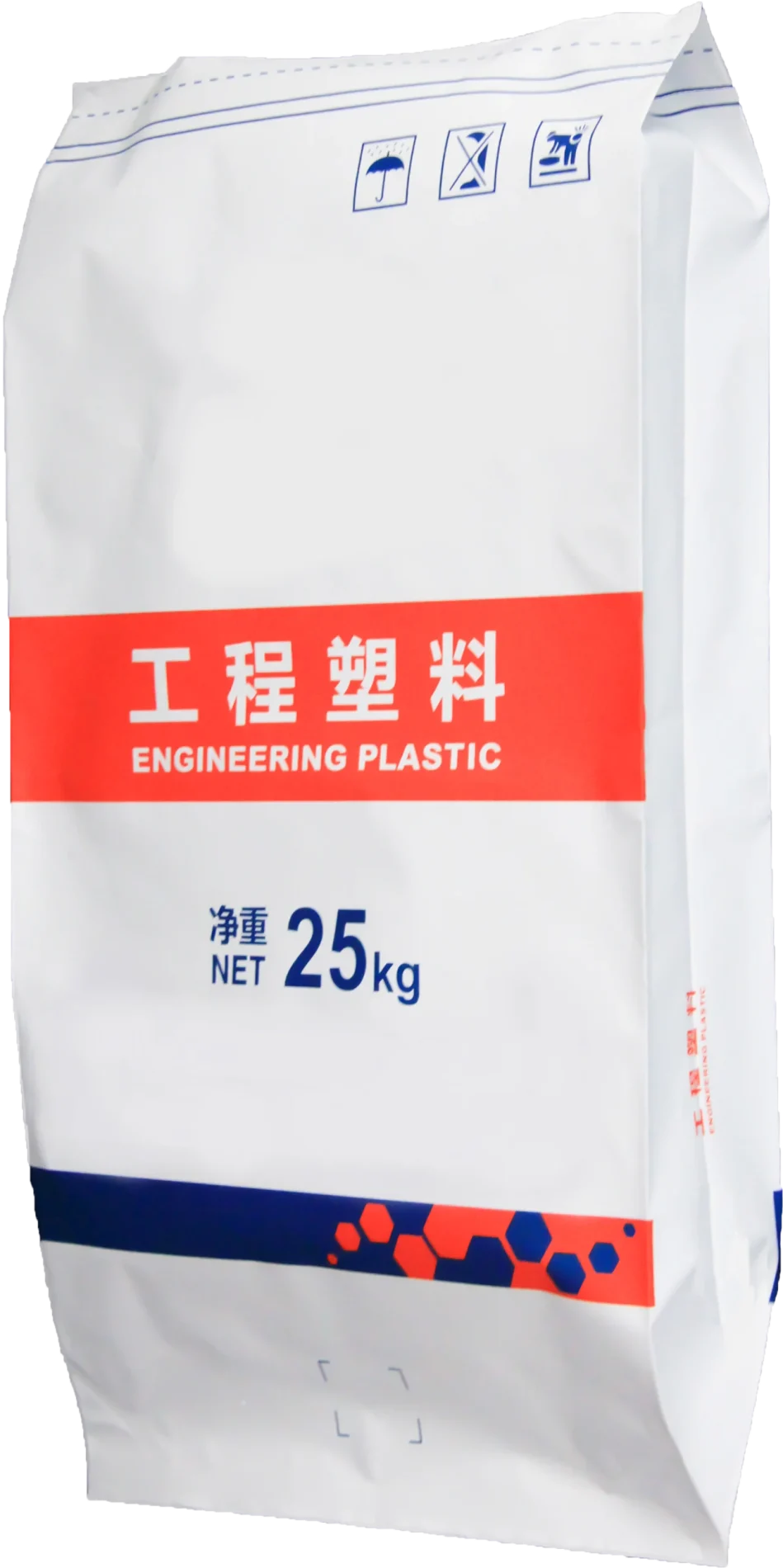
2025-10-10

2025-09-27

2025-09-26
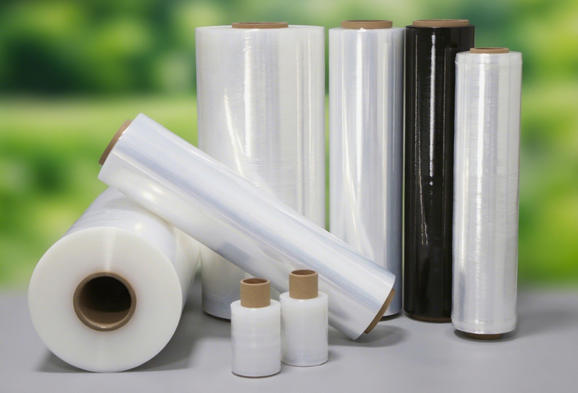
2025-09-19

